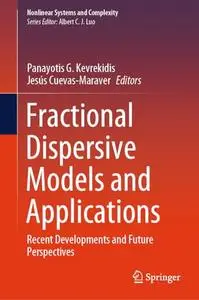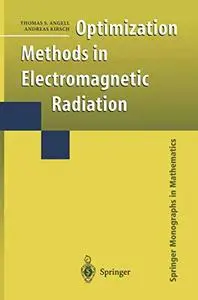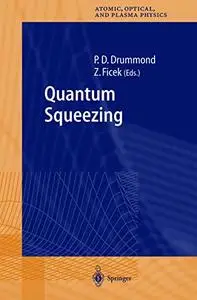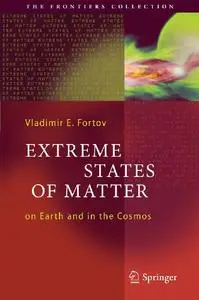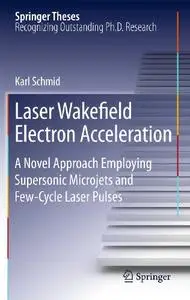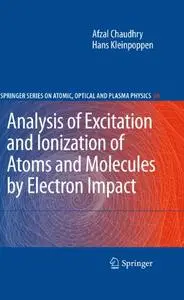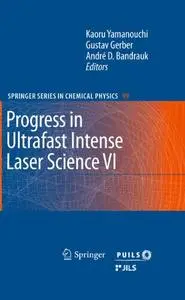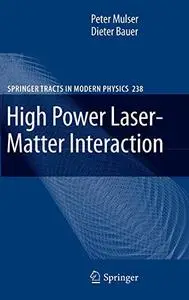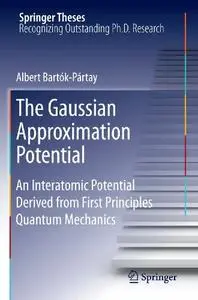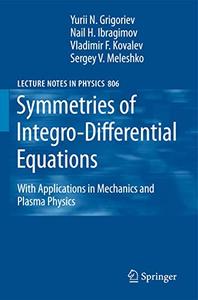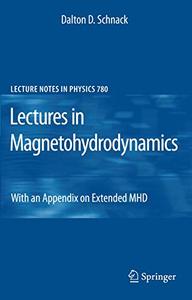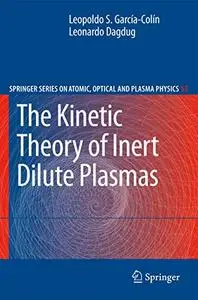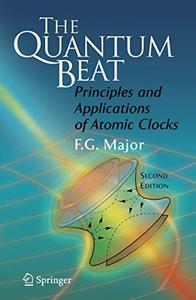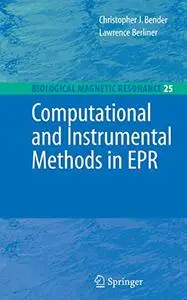Fractional Dispersive Models and Applications: Recent Developments and Future Perspectives by Panayotis G. Kevrekidis, Jesús Cuevas-Maraver
English | PDF EPUB (True) | 2024 | 337 Pages | ISBN : 3031549775 | 58.5 MB
This book explores the role of fractional calculus and associated partial differential equations in modeling multiscale phenomena and overlapping macroscopic & microscopic scales, offering an innovative and powerful tool for modeling complex systems. While integer order PDEs have a long-standing history, the novel setting of fractional PDEs opens up new possibilities for the simulation of multi-physics phenomena. The book examines a range of releavant examples that showcase the seamless transition from wave propagation to diffusion or from local to non-local dynamics in both continuum and discrete systems. These systems have been argued as being particularly relevant in contexts such as nonlinear optics, lattice nonlinear dynamical systems, and dispersive nonlinear wave phenomena, where the exploration of the potential fractionality has emerged as a highly active topic for current studies.



